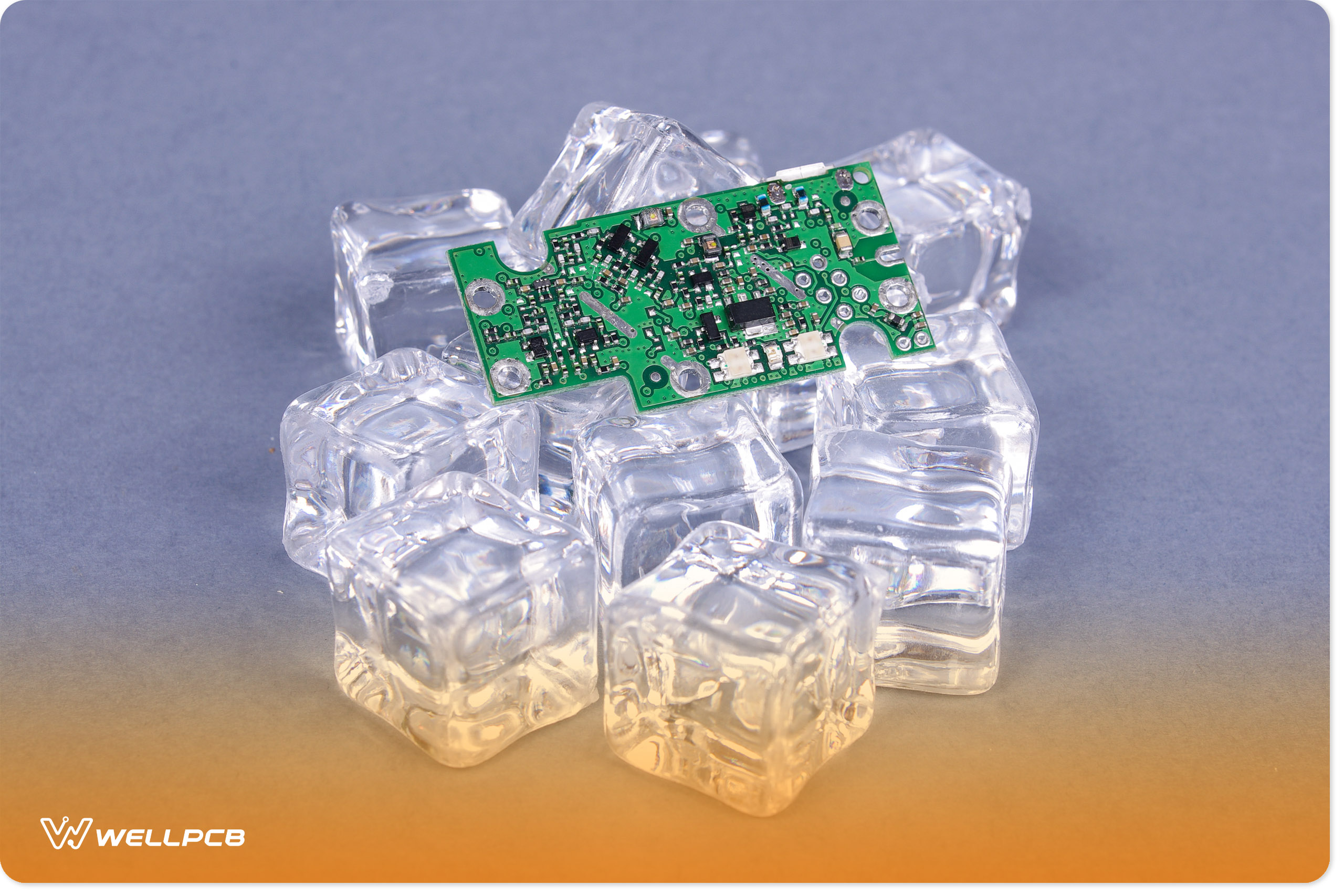Contents
What is a Fiber Ceramic Board?

An electronic circuit board
Ceramic fiber boards have unique designs that incorporate refractory fibers and binders with low organic content. Manufacturers often vacuum process this mixture into boards, giving them impressive mechanical strength after heating.
Plus, they manufacture them in different densities and temperature grades to fit various applications. This PCB type also uses ceramic as a base material and requires higher manufacturing temperatures than other PCBs.
Interestingly, fiber ceramic boards offer the benefits of FR4 and metal substrates in one design, making them incredible thermal conductors and insulators.
What’s more? PCB manufacturers fabricate ceramic fiber boards with LAM technology (Laser Rapid Activation Metalization).
Therefore, these boards are incredibly versatile, and you can use them as alternatives to traditional PCBs. In short, fiber ceramic boards have less complex designs with enhanced performance.
What are the Advantages of Fiber Ceramic PCBs?

A Man inspecting A PCB
Let’s examine the benefits you can enjoy from using fiber ceramic PCBs.
Heat Dissipation
This benefit is one of the best qualities separating fiber ceramic boards from their traditional counterparts. Since manufacturers place components directly on the board, they won’t add isolation layers—allowing heat to flow through the board more efficiently.
Also, this advantage allows ceramic fiber boards to tolerate high operating temperatures, up to 350 degrees. Further, fiber ceramic boards have low CTE (Coefficient of Thermal Expansion), allowing you to add more compatibility options when designing.
Stability
Ceramic fiber offers a stable dielectric property. Regardless of the tough outer shell, these boards resist most chemicals applied during manufacturing.
In truth, this resistance can also protect ceramic boards from moisture, solvents, and other consumables.
Durability
Ceramic fiber boards are incredibly durable. The board’s toughness ensures protection from wear and tear damage while providing long-lasting performance.
These boards also have slow-aging properties. So, you won’t replace these boards often. Additionally, the PCB’s high thermal resistance slows down its decomposition process, extending its shelf life.
Adaptability
You can also enjoy increased adaptability and versatility with ceramic fiber PCBs. In truth, you can utilize them as rigid carriers, which helps to provide mechanical stiffness.
Alternatively, ceramic fiber boards can make fluid and solid components easy to use due to their incredible wear resistance and rough texture.
Concluding Words
Ceramic fiber boards are like enhanced variants of traditional PCBs. As a result, they offer enhanced benefits and can easily replace their standard counterparts in almost any application.
They have increased thermal resistance and heat dissipation. Further, fiber ceramic boards are exceptionally stable and can withstand wear & tear. Also, these boards combine the benefits of FR4 and metal substrates, providing more adaptability and versatility.
Do you have more questions? Be sure to contact us, and we’ll be happy to help.





